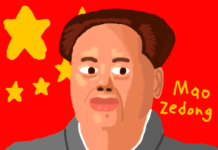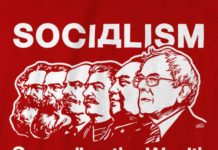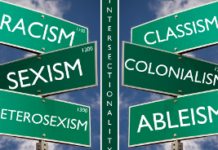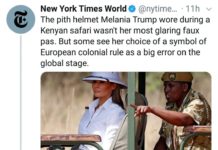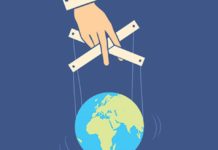Reports at this stage of trade negotiations between the US and China indicate that both sides may be ready to do a trade deal around June of 2019. The same sources indicated a deal would be precipitated by a state visit from President Xi of China to meet with President Trump to announce the formal approval of the deal. It is possible that political maneuvering by the Democratic Party would likely result in the Democrats seeking to delay the approval of any such new trade deal in order to take the initiative and the optics of a successful trade negotiation away from Trump. The Trump administration had previously cancelled the NAFTA trade deal between US, Canada, and Mexico but had quickly (by Washington DC standards) replaced NAFTA with the US/Canada/Mexico trade deal that addressed some of the trade fairness and imbalances between the three countries. That trade deal is still currently pending approval of Congress with the Democrats claiming the deal didn’t go far enough (despite criticizing the Trump administration for tearing up the NAFTA agreement to begin with).
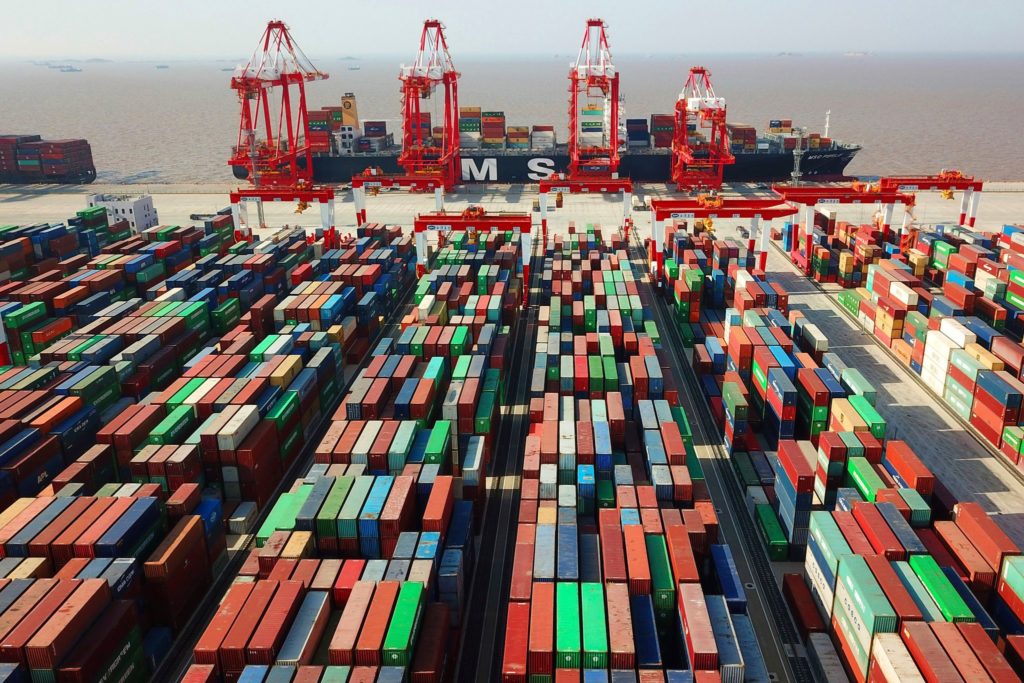
Let’s just assume for the sake of argument that the trade deal with China gets announced and it somehow makes its way through Congress for ratification. Suddenly, the Trump Tariffs on Chinese goods go away and trade resumes with improved fairness and enhanced monitoring for Chinese cheating and technology theft. At that point, are those in the “never tariff” camp ready to admit that tariffs can be a negotiating tool and can actually bring about “fairer” trade agreements? Throughout the trade negotiations and disputes initiated by the Trump administration, the never-tariff camp clung dogmatically to the argument that tariffs of any kind and for any purpose is bad for the economy regardless of the circumstances.
While tariffs do raise prices on trade goods in a vacuum, global trade is not made up of just two countries. If tariffs for goods made in one country results in higher product prices, those same goods can be sourced from another lower-cost country. Indeed since the initiation of the trade dispute, manufacturing deals and activity in Malaysia, Bangladesh, and other southeastern Asian countries have spiked up.
In the case of China, it was historically a low-cost production economy taking advantage of the disintermediation of production costs between the US and China. China with limited wage, labor, safety, and environmental protection regulations was able to produce at much lower costs than US producers. However, China is no longer the lowest cost producer as rising wages and environment concerns are increasing costs. The other key success factor in China’s meteoric economic rise is its theft of intellectual property (IP) and technology from US and European firms. Instead of spending money on organic research and development, China looks to acquire or steal the IP and technology from western companies. The issue of IP protection and enforcement is one of the cornerstones of the current trade dispute. Previous IP agreements such as the one signed between President Xi and Obama resulted in absolutely no action on the part of the Chinese to live up to the bargain.
On the topic of currency manipulation, China still does manipulate its currency for trade advantages but then again, so does every other country.
So, if the new trade deal creates new measures to addresses IP and technology theft, liberalizes key segments of the Chinese economy to US investment, and levels the playing field more so than in the past, will the never-tariffers be ready to admit that tariffs when applied appropriately results in more fair trade, not less?







